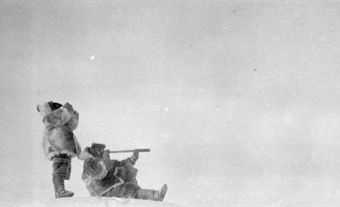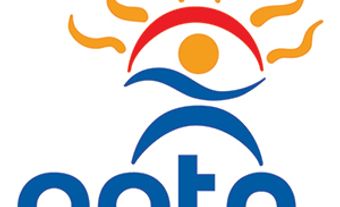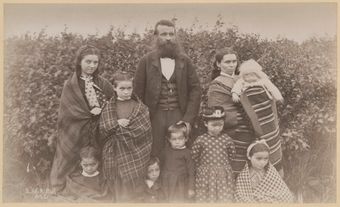
Publications
Prior to the 1960s, only a few periodicals were published for Indigenous people, mainly by non-Indigenous missionary and government organizations. Notable examples were the Chinook-language Kamloops Wawa (1891-1905) and the Inuktitut-language Oblate publications of the 1940s and 1950s. Notable among the few purely Indigenous journals was the Hagersville, Ont, Indian (1885-86). The Native People (1968-82), published by the Alberta Native Communications Society, marks the beginning of the modern era of First Nations media.
Convinced that the mass media ignored Indigenous interests, many First Nations organisations at the band, provincial and national levels started to publish their own newsletters and newspapers. By 1987 there were 17 Indigenous communications societies providing Indigenous people with a reflection of their lived experience that had been missing in the mainstream media. Many of the 190 publications that appeared during the 1970s and 1980s had only a fleeting existence. With an average of 10% of total revenues coming from advertising and circulation, many publications found themselves dependent on grants from the Secretary of State channelled through the Native Communications program.
In 1990, the federal Conservative government ended all grants (about $3.5 million at the time) by cancelling the 20-year-old Native Communications Program. While this was a shock to many of the subsidized publications, it was not the death blow that many had feared. Advances in communication technology, the proliferation of computers and a new entrepreneurial spirit have led to a new kind of Indigenous press, perhaps best exemplified by AMMSA, the Aboriginal Multi-Media Society based in Edmonton, which not only publishes Windspeaker (Canada's National Aboriginal News) and newspapers directed at Indigenous people in Alberta, Saskatchewan, BC and the Yukon, but also runs a radio station and serves as a national clearing house for advertising and marketing for Indigenous media.
Other publications that have been given new life by such global marketing strategies include the venerable Wawatay News of Sioux Lookout (which celebrated its 25th anniversary in 1998) and the independent Mohawk paper, The Eastern Door, in Kahnawake. Another important initiative was the decision by the Assembly of First Nations to begin publication in December 1998 of The Bulletin, a nationally distributed newspaper with a circulation of 150,000.
Meet Bernelda Wheeler, the "First Lady of Indigenous Broadcasting in Canada". The broadcaster, journalist, actor and activist inspired a generation of Indigenous journalists.Note: The Secret Life of Canada is hosted and written by Falen Johnson and Leah Simone Bowen and is a CBC original podcast independent of The Canadian Encyclopedia.
Broadcasting
Casual or unlicensed broadcasting in Indigenous languages (see Indigenous Languages in Canada) had been carried out since the earliest days of northern radio. Perhaps one of the most important developments in Indigenous communications in the early 1980s was a decision by the CRTC to license the Inuit Broadcasting Corporation (IBC) and Taqramiut Nipingat Inc to produce television programming for the mainly Inuit audience in the eastern Arctic and northern Québec and to link them via the CBC's satellite channel. Another development was the licensing of CANCOM, a privately owned satellite transmission company, to provide satellite television and radio service to underserved areas (see Communications in the North; Satellite Communications).
Under the Northern Native Broadcast Access Program, started in April 1983, the government provides support to 13 northern Indigenous communications societies, located in the Territories and the northern regions of seven provinces.
In January 1992, Television Northern Canada (TVNC) was launched as an independent non-profit organisation to distribute northern and Indigenous television programming by satellite to northern communities. TVNC carried 100 hours of programming per week, in 11 Indigenous languages and dialects in addition to English and French. The great success of TVNC in bridging the vast distances and solitudes of life in the North led in 1997 to a proposal to establish a national Aboriginal peoples' television network (APTN) by the fall of 1999. A natural evolution of previous Indigenous broadcasting, APTN is mandated to function as a self-sufficient core service for the Indigenous population throughout Canada. It will provide 120 hours of programming weekly as part of basic cable and satellite service in all regions of Canada.

 Share on Facebook
Share on Facebook Share on X
Share on X Share by Email
Share by Email Share on Google Classroom
Share on Google Classroom












